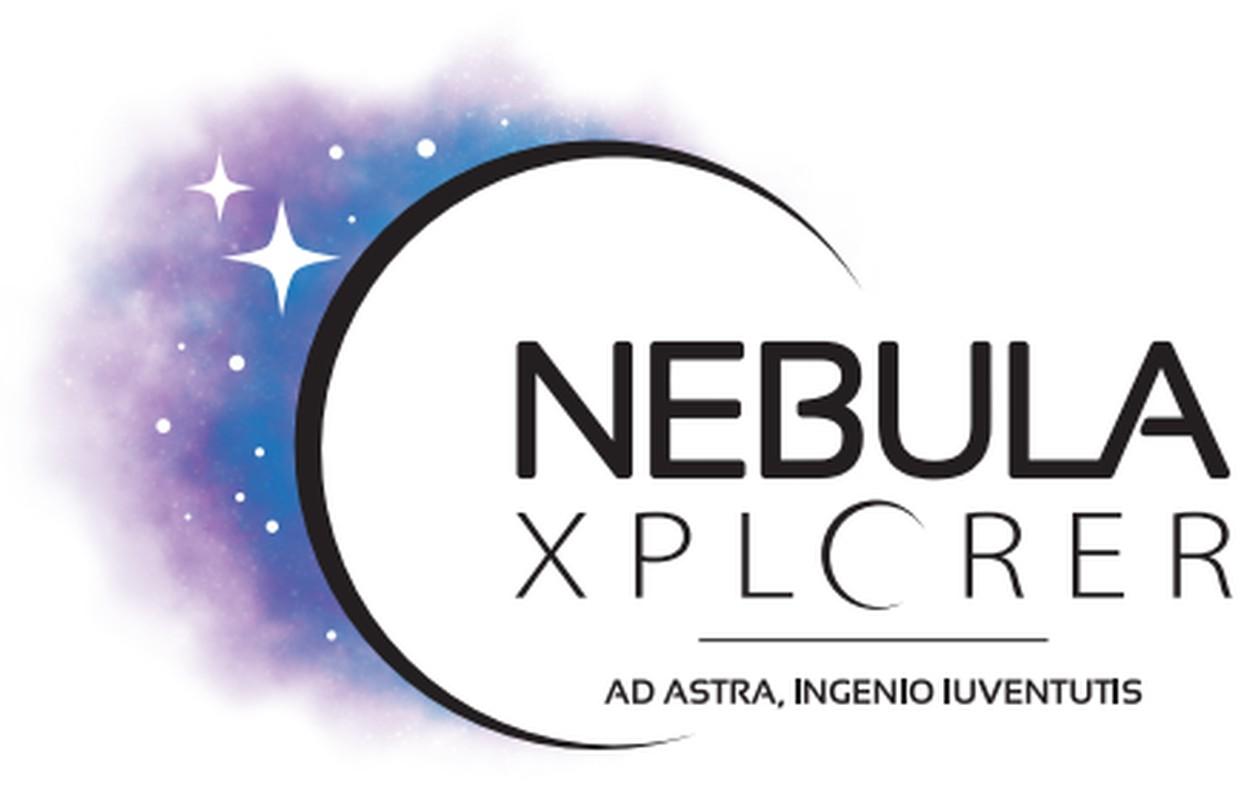
In collaboration with the Nebula Explorer initiative of SRON and Dutch space sector partners, LDE Space is co-organising a Astronomical X-ray small sat mission design study as a 2025 space thesis lab. This thesis lab will bring together students from various studies to work together towards a Preliminary Design Review in June/July.
You will be working on your own individual (Master) thesis project with your supervisor and work with the team to integrate your work into a common design with accompanying PDR datapackage. Starting point for the satellite will be the preliminary design work that has been performed by students from the NEBULA Xplorer JIP and Space Mission Minor projects. To stimulate the team work, we will be organising (bi-)weekly team meetings where you will update each other on developments and designs evolution with a scrum/Concurrent Design approach culminating in an actual Preliminary Design Reviews, allowing the participating students to experience a real life preliminary design of a satellite mission.
Students who are interested can apply for being part of this 2025 Space Thesis Lab can contact the Thesis Lab coordinators Martin Grim and Peter Batenburg. Below you'll find a list of topics/team positions, this list is not complete yet so check for updates or contact the coordinators for questions and suggested topics.
NEBULA – Xplorer
Mission
The Netherlands Educational Small-sat for Exploring Binary-Linked Astrophysics – X-ray Observer, or NEBULA-Xplorer, will be the most fun and exciting project within the scientific space industry in the Netherlands. By far. It will be a relatively short, fast paced astrophysics instrumentation project done by students for students, with great opportunities for science, technology, outreach and most of all personal development, for all people involved.
The goal of NEBULA-Xplorer is two-fold. First, it gives the Dutch scientific community a fully SRON controlled small satellite for science, based on long term observations in soft X-ray of binary systems like Cygnus X-1. Second, the instrument and small satellite will both be built fully by students as a training exercise, with coaching from the educational institutions, the Dutch space industry and SRON Netherlands Institute for Space Research. The students working on NEBULA – Xplorer will be from universities, universities of applied sciences (HBO) and secondary vocational institutions (MBO).
Science case
The science case of the NEBULA-Xplorer is extremely interesting, as continuous observations of the same systems will allow us to observe how these systems evolve over time. The regular observations afforded to us by full control over NEBULA-Xplorer will allow us to probe the physical phenomena driving these changes in unprecedented detail. The soft x-ray has already been shown to exhibit interesting behaviour in time lag analysis. Many of these systems also exhibit quasi-periodic oscillations (QPOs) which evolve over time and are an active area of research and debate within the community. The timing capabilities of NEBULA-Xplorer will allow us to explore these multiple avenues of soft x-ray emission in binary objects. In particular, NEBULA-Xplorer will be the only platform which allows for observations of the fast evolution of binary systems such as the launching of relativistic jet, which currently cannot be captured due to imprecise predictions of when these events will occur.
Assignments
- Research into high quality X-ray concentrators
The X-ray concentrators for NEBULA – Xplorer instrument will be state of the art optical modules to get the focal length under 1 meter, while still obtaining the 0.5 keV to 12 keV band. This assignment will focus on modelling these concentrators, how to manufacture these, given the expected launch loads. An industrial partner is interested in demonstrating that the structure of the concentrators can be 3D printed.
- Research into high performance, low noise, low power instrument readout electronics
The X-ray detectors and readout electronics for the NEBULA – Xplorer instrument are critical for the science case. The instrument is expected to hold 12 to 14 silicon drift detectors (2 for calibration purposes). For this, a redundant readout needs to be designed with focus on low noise and low power, with focus on high reliability and on costs.
- Research into required instrument signal processing
Dedicated signal processing on the detector data will be required. The amount and kind of signal processing to be performed needs to be determined / prototyped, such that the integrity of the scientific data remains but the amount of telemetry sent down to ground stations is limited.
- Research into onboard X-ray calibration systems
A new and novel calibration system is foreseen using the same detectors and readout electronics, together with an X-ray calibration source. The system is to operate without any moving parts.
- Research into an extremely lightweight and strong satellite and instrument structure
The structure of the satellite and instrument is expected to be fully intertwined, which needs to be light weight and able to support all satellite functions. Industrial partners are likely to be interested in composite solutions.
- Research into AOCS and alternative propulsion / pointing mechanisms
Given the assumed orbit and the sources to investigate scientifically, it is highly likely that pointing and propulsion systems are necessary. Investigations are necessary in order to determine the impact of those systems on the satellite, planning and costs. Dutch industrial partners and their products are to be taken into consideration.
Besides these research questions we will also have other subsystem, system engineering and project coordination roles in the team, so don't hesitate to contact Martin and Peter if you do not see a fit with these research questions but are still interested to join our NEBUAL Xplorer 2025 Space Thesis Lab.
